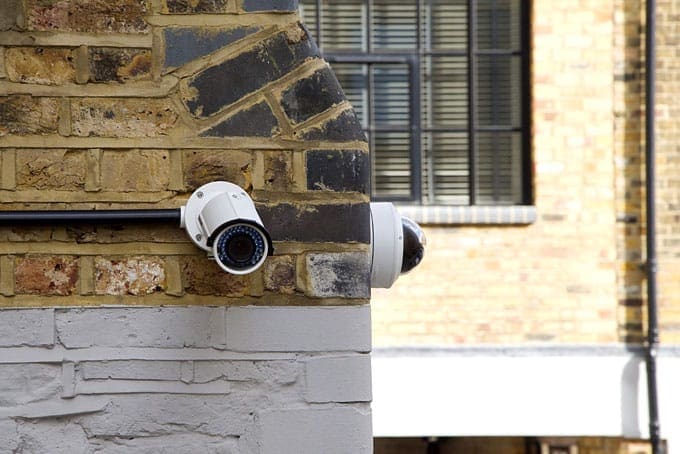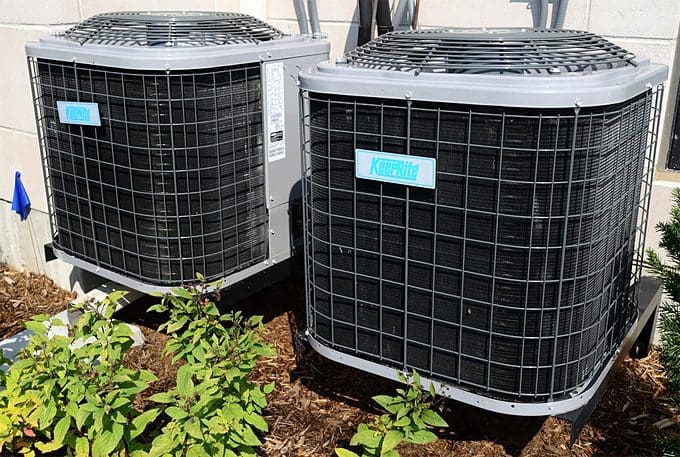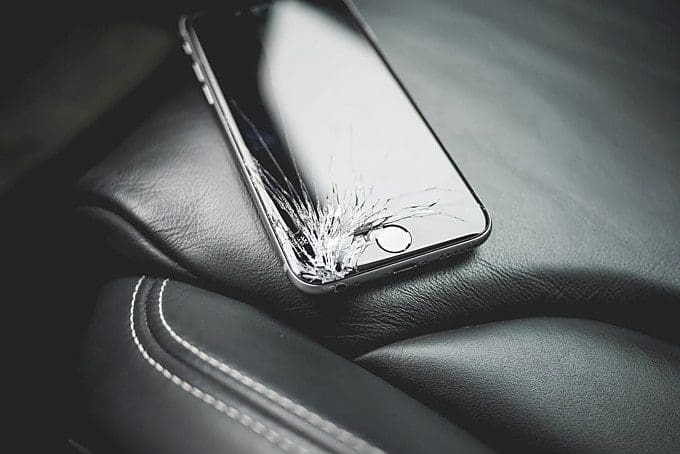words Al Woods
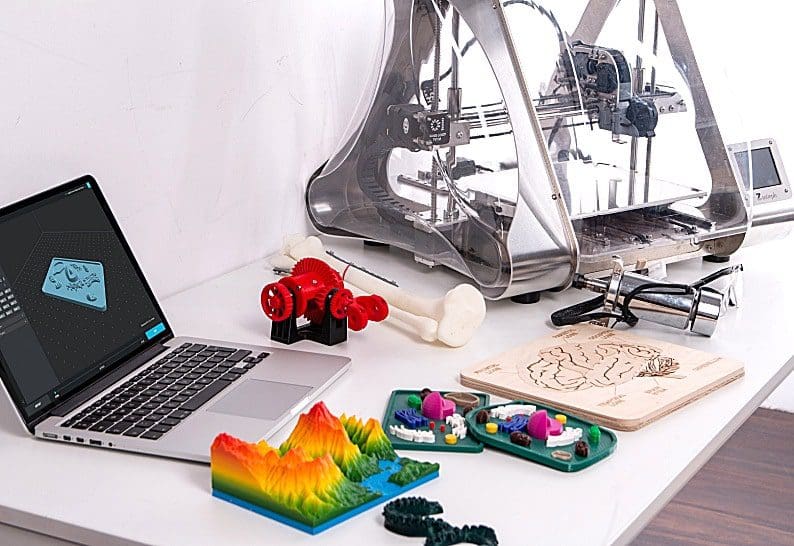
Are you ready to explore the exciting world of 3D printing? With advances in technology making this type of manufacturing increasingly accessible, more and more people are learning about how 3D capturing can help them turn their creative visions into reality.
To get started on your journey, you’ll need some tips and tricks from experienced professionals who know exactly how to use the technology for successful projects. We’ve gathered together everything you need to know about 3D printing – all in one spot! Whether you’re just starting out or already an experienced maker, we have advice and information that will help make your projects both efficient and enjoyable. So what are you waiting for – let’s dive into the wonderful world of three-dimensional design!
What is 3D Printing and How Does It Work
3D printing is a revolutionary technology that has revolutionized manufacturing. By using specialized materials and technology, objects can be created more efficiently and cost-effectively. The process begins with designing the object in three-dimensional software on a computer that defines the shape, dimension, and intricate details of the desired output. This creates a digital file which is then sent to a 3D printer, where layer after layer of material is placed precisely according to the design until it forms the desired model. This process uses only the necessary material required for creating parts or objects because it combines both vertical and horizontal layers, making it an environmentally friendly option for manufacturers. The result is unimaginably detailed models or parts that are shaping the manufacturing industry around us today!
Choosing the Right 3D Printer for Your Needs
While many 3D printer models on the market may fit your project’s needs, it is important to understand the differences between them before making a purchase. What makes a good 3D printer depends on the type of work you plan to do. For instance, a large build area is essential for larger project designs and more complex objects, with higher resolution for more detailed models. Additionally, the material you’re working with and the desired level of accuracy also needs to be taken into account when selecting a 3D printer – some machines may handle plastics and other activity materials, while others specialize in producing precious metals such as gold or silver. It’s also important to consider how fast the print times are and any additional features such as automatic bed leveling or Wi-Fi and Bluetooth connectivity. Ultimately, choosing the right 3D printer largely depends on what you plan to produce and which functions will meet your production goals.
Materials for 3D Printing – Choosing the Right One
The choice of material can be just as important as the design of your project. Each type of material has its own set of advantages and limitations, so it’s crucial to consider which material you should use in order to ensure your project is a success. There are several factors to keep in mind when selecting a 3D printing material, including cost, mechanical characteristics, thermal resistance, and surface finish. Additionally, you should also consider environmental factors such as biodegradability or toxicity. With all these considerations in mind, finding the right material for any given 3D printing project is no easy task. Take the time to research and decide on the best option for your particular needs before moving forward with your project – it could save you both time and money in the end!
Tips for Designing Objects to be Printed in 3D
Designing your desired object to be printed with a 3D printer can sometimes seem like an overwhelming task, and some designers are not sure where to start. However, there are many tips and tricks you can use to make the process easier and more efficient. The most important thing when 3D printing objects are considering the scale of the object; make sure it will fit in the space available for it in its printed form. Additionally, think carefully about your design materials; some materials tend to work better with 3D printers than others. Lastly, include supports in your design if needed – these act as extra stabilizing materials for parts of the model which may be weak or prone to movement when printing. With these simple tips in mind, anyone can successfully design objects swiftly and accurately using a 3D printer!
Creating a Hybrid Product Using Both Traditional Manufacturing and 3D Printing
While traditional manufacturing and 3D printing have often been viewed as disparate technologies, working together they offer a unique opportunity to create a product that combines the best of both worlds. Not only can combining these two systems produce a better-quality end product, but it also can reduce costs and timescales associated with development and production. With hybrid products, items that require an injection mold for prototyping but would be too expensive and time-consuming to reproduce this way on a larger scale can instead be made by 3D printing in small batches at a fraction of the cost in comparison to traditional means of production. Combining these two processes truly opens up exciting opportunities for businesses looking to remain competitive in the global marketplace.
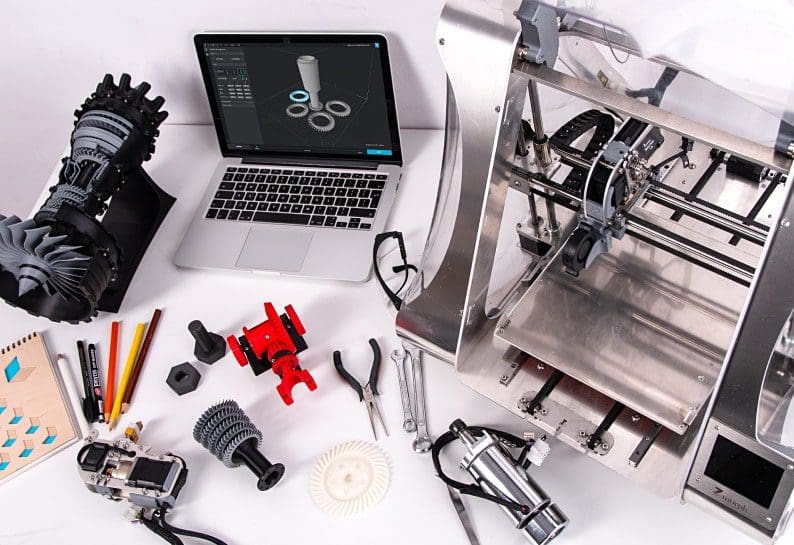
3D printing offers a wide range of possibilities for businesses and individuals alike, especially when it comes to the manufacturing and design of products. By selecting the right 3D printer and materials, designing objects with care and consideration, and considering hybrid products involving both traditional manufacturing and 3D printing, successful results are sure to follow. There’s no limit to the possibilities when it comes to 3D printing – so why not give it a try and see what you can create? With some research, trial and error, and patience, anyone can become an expert in 3D printing techniques.


